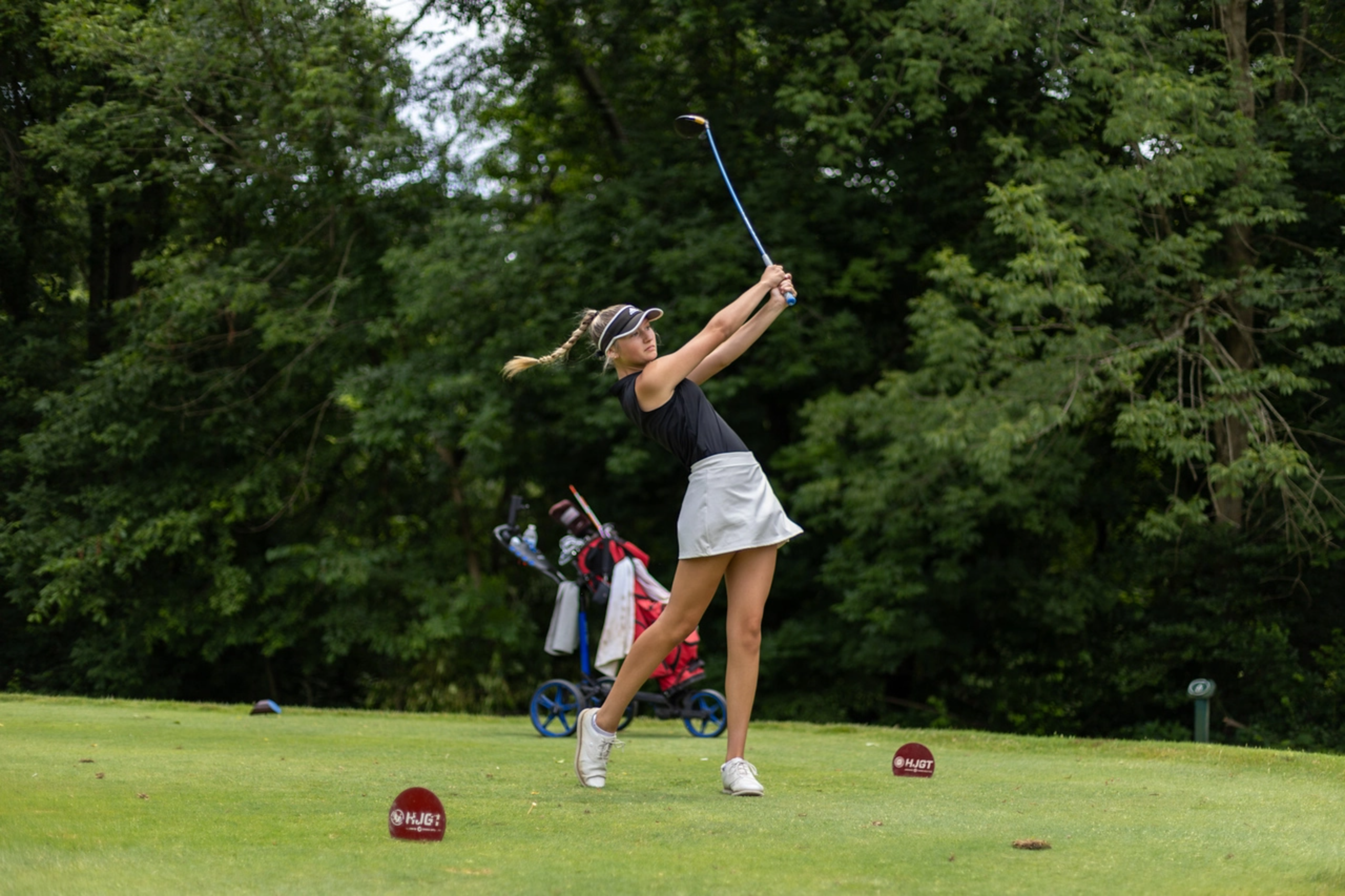
What’s the big deal when it comes to junior golfers transitioning into collegiate level golfers?
Yes, it’s obvious that there are differences when it comes to the physical, mental and training aspects of both levels, but there’s more to it. It’s not uncommon to see top-ranked junior golfers go on to play in college, only to never be heard of again. And, you’ll also see low-ranked players blossom in college, going on to become pro golfers.
Why does this happen? It’s a critical transition period between junior and collegiate that calls for adaptation and challenges how a player will evolve. Here are the biggest differences to be aware of and how it can impact exponentially.
A new format
College golf tournaments have golfers playing a 36-hole format, playing 2 rounds on the first day of competition. Freshmen may not be physically or mentally prepared to take on this leap, but it is one of the biggest differences between junior golf and college golf. Preparing for this change through practice and awareness are some of the best ways to make adaptation smoother.
Team player
As a junior golfer, you have the flexibility to choose when it comes to the tournaments you wish to compete in, your scheduling and how you prepare physically and mentally. In college, you are part of a team. That means your tournaments, when and where you compete, as well as where you sleep and what you eat while on a team trip are all decided for you. A player must learn how to think as team player and adjust to prepping in regards to what the coach has planned.
Getting serious
Competing in any sport is always serious no matter what age you are, but in college, you’re taking the sport you love to a whole new level. When you were a junior golfer, there was room for socialization and flexibility with how you wanted to compete. It was a growing period to learn discipline and how to develop mentally and physically as an athlete. In college, you have made the first strides playing as an adult. You may be playing on a scholarship, as well there is team success and school pride to think about. It’s time to take what you’ve learned as a junior golfer and apply it not just for the competing aspect, but for responsibility.



